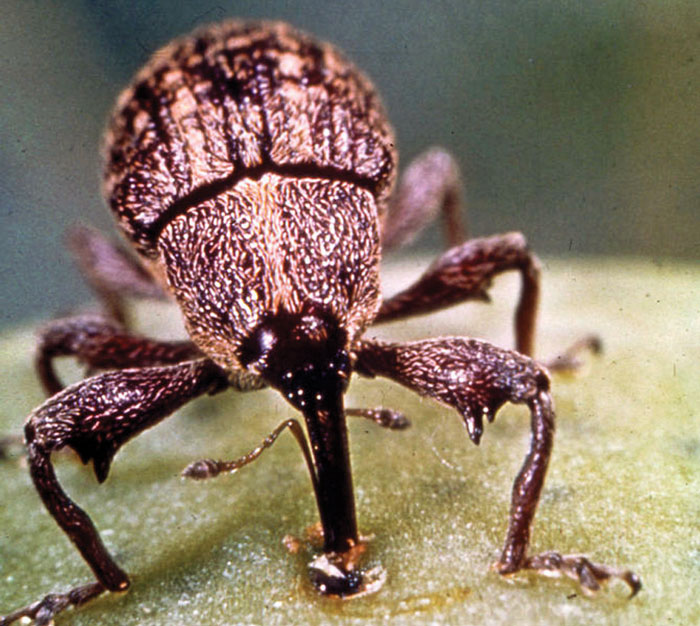April 27, 2016

Agricultural Research Service (ARS) scientists in College Station, Texas, have found a way to use digital images taken in aerial surveys to identify regrowth cotton that may be harboring boll weevils.
Cotton growers in Texas’ Lower Rio Grande Valley often mow down their cotton plants after harvest and may spray plant stalks with herbicides to prevent boll weevils from taking refuge in regrowth cotton. But the Valley is subtropical, and heavy autumn rains often prevent growers from taking those measures, making cotton plants more likely to regrow and create year-round boll weevil habitats. This “regrowth cotton” is often spread over large areas, making detection difficult.
ARS meteorologist John Westbrook, entomologist Charles Suh and agricultural engineer Chenghai Yang grew cotton, defoliated it, then mowed it down or shredded it. They also arranged for nine flights by a plane equipped with cameras that took high-resolution images of the cotton as it grew, and intermittently for about two months after it was harvested and shredded.
The scientists also conducted ground-based surveys on the same dates as the aerial surveys, measuring the height and width of cotton plants as they grew, and after plants were harvested and shredded. The team recorded the postharvest daily air temperatures and correlated them with the sizes of the regrowth cotton to predict when regrowth plants would reach sufficient sizes to detect in aerial surveys.
The results show that the airborne imagery can be used to estimate regrowth when the leaf canopies of cotton plants are at least 8 to 12 inches wide. The scientists also were able to use data on air temperature and plant size to develop a model to predict when the regrowth cotton would reach detectable sizes, based on temperature patterns. The approach will give growers better information regarding areas harboring boll weevils so they can spray for them and reduce the threat they pose in the area.
For the latest on southwest agriculture, please check out Southwest Farm Press Daily and receive the latest news right to your inbox.
Read more about this research in the April issue of AgResearch magazine.
About the Author(s)
You May Also Like




